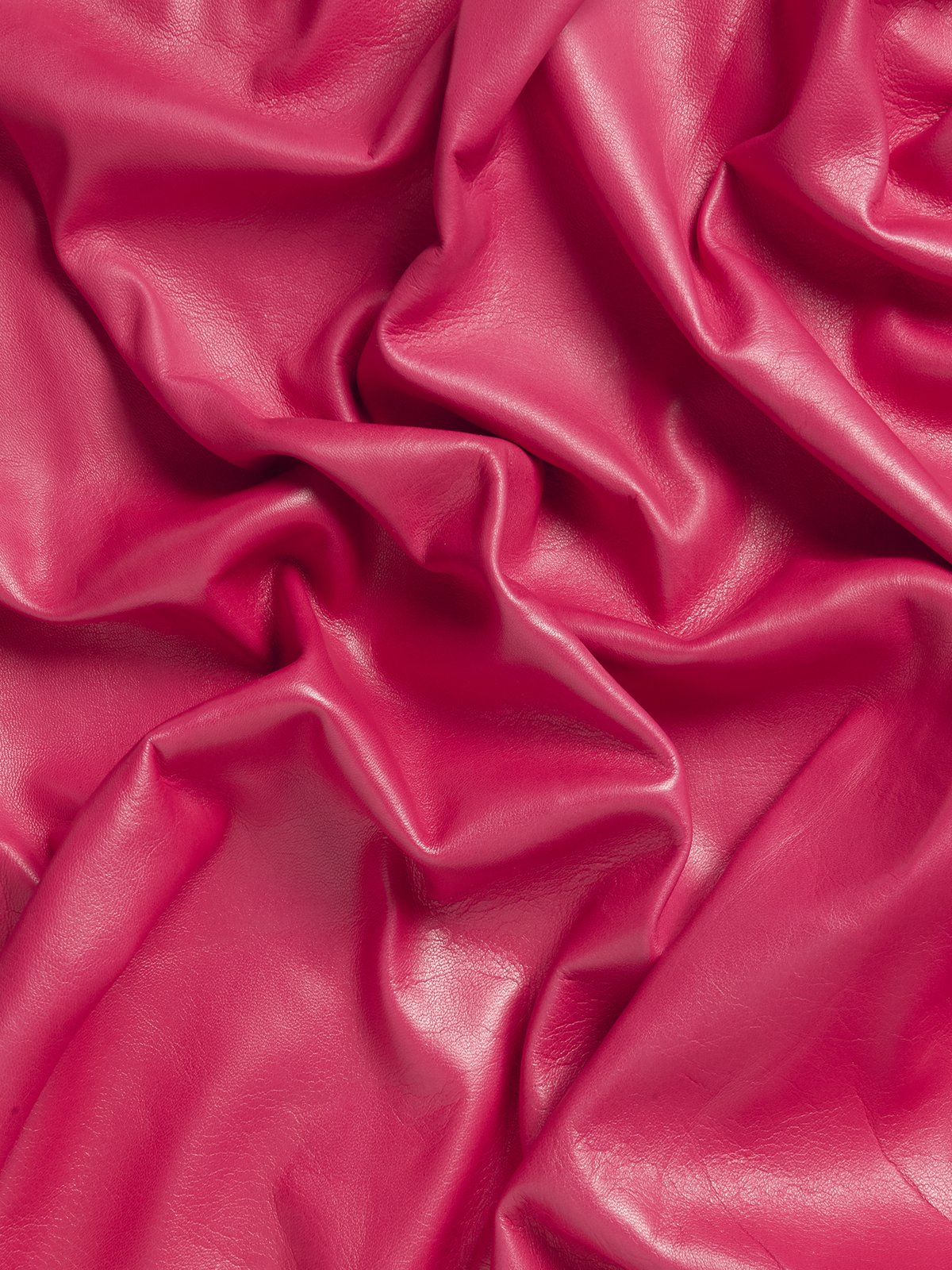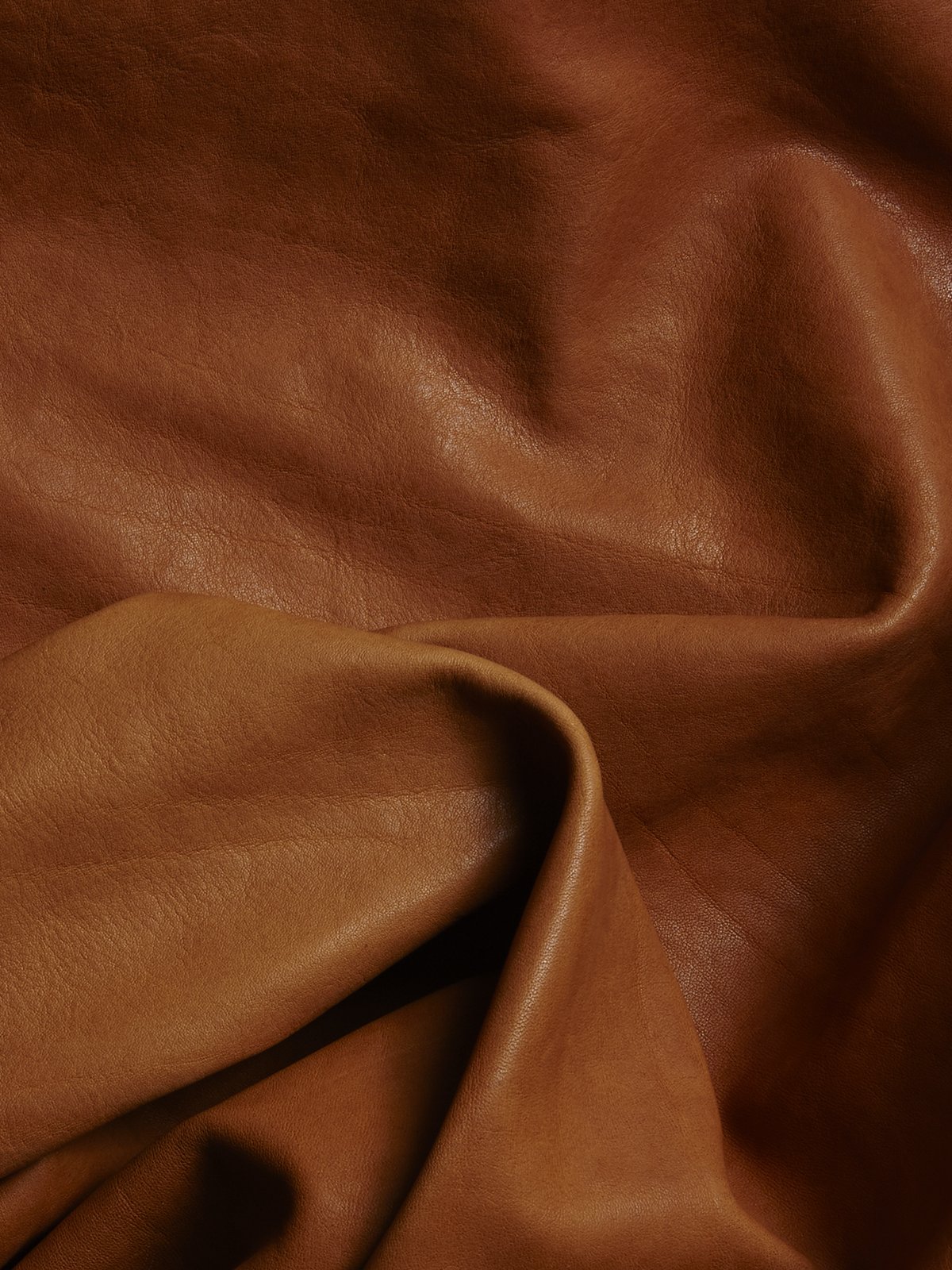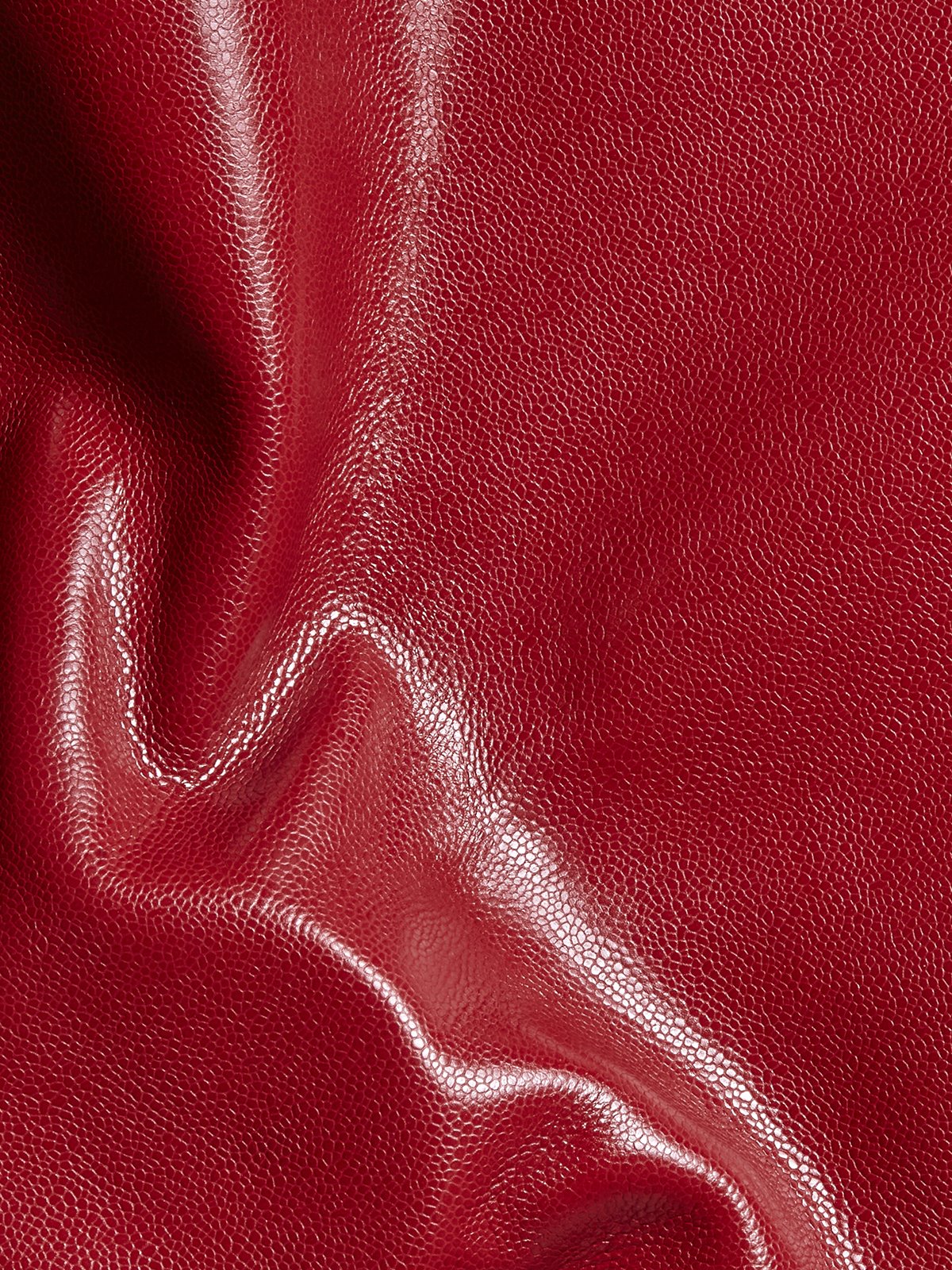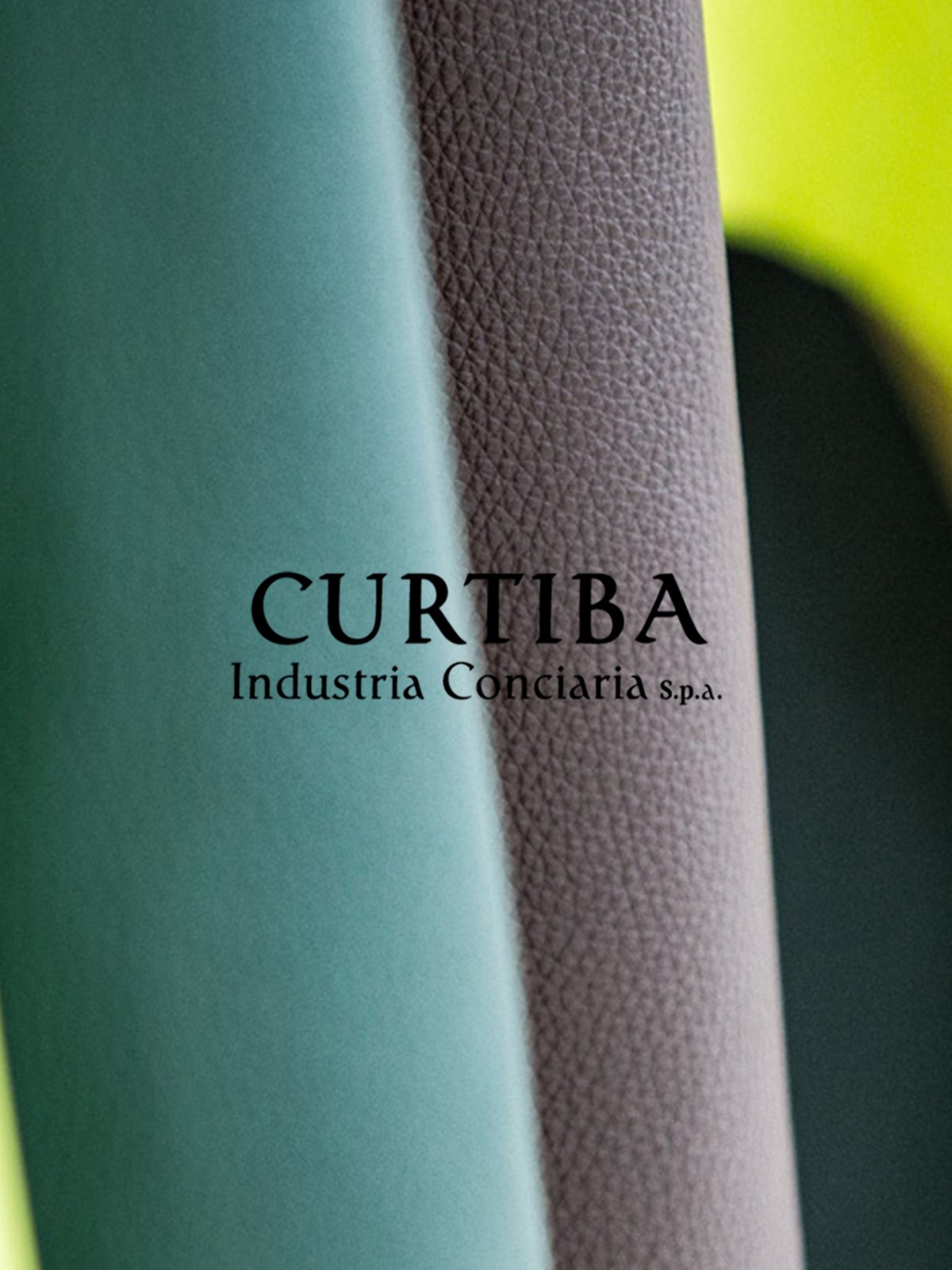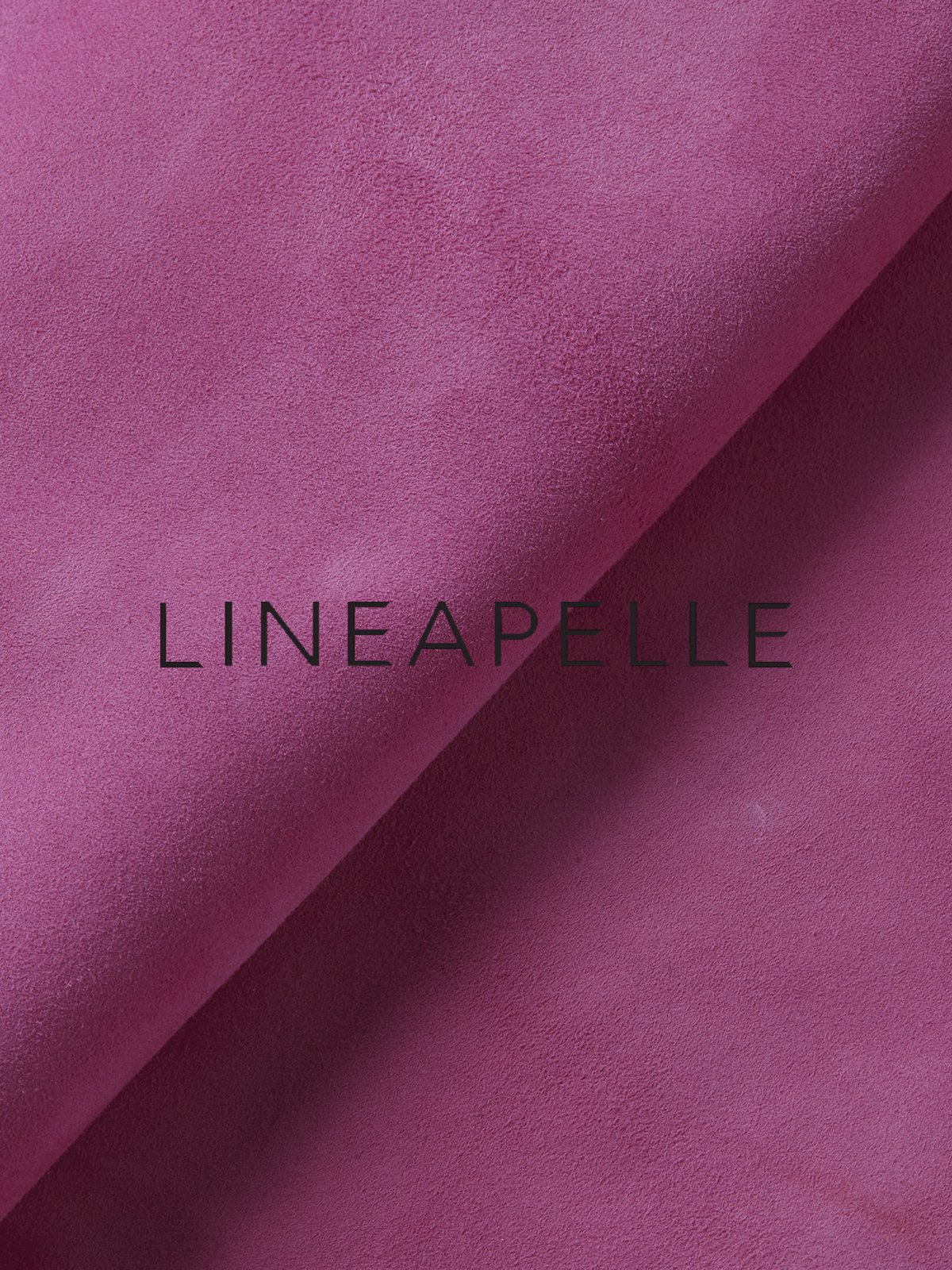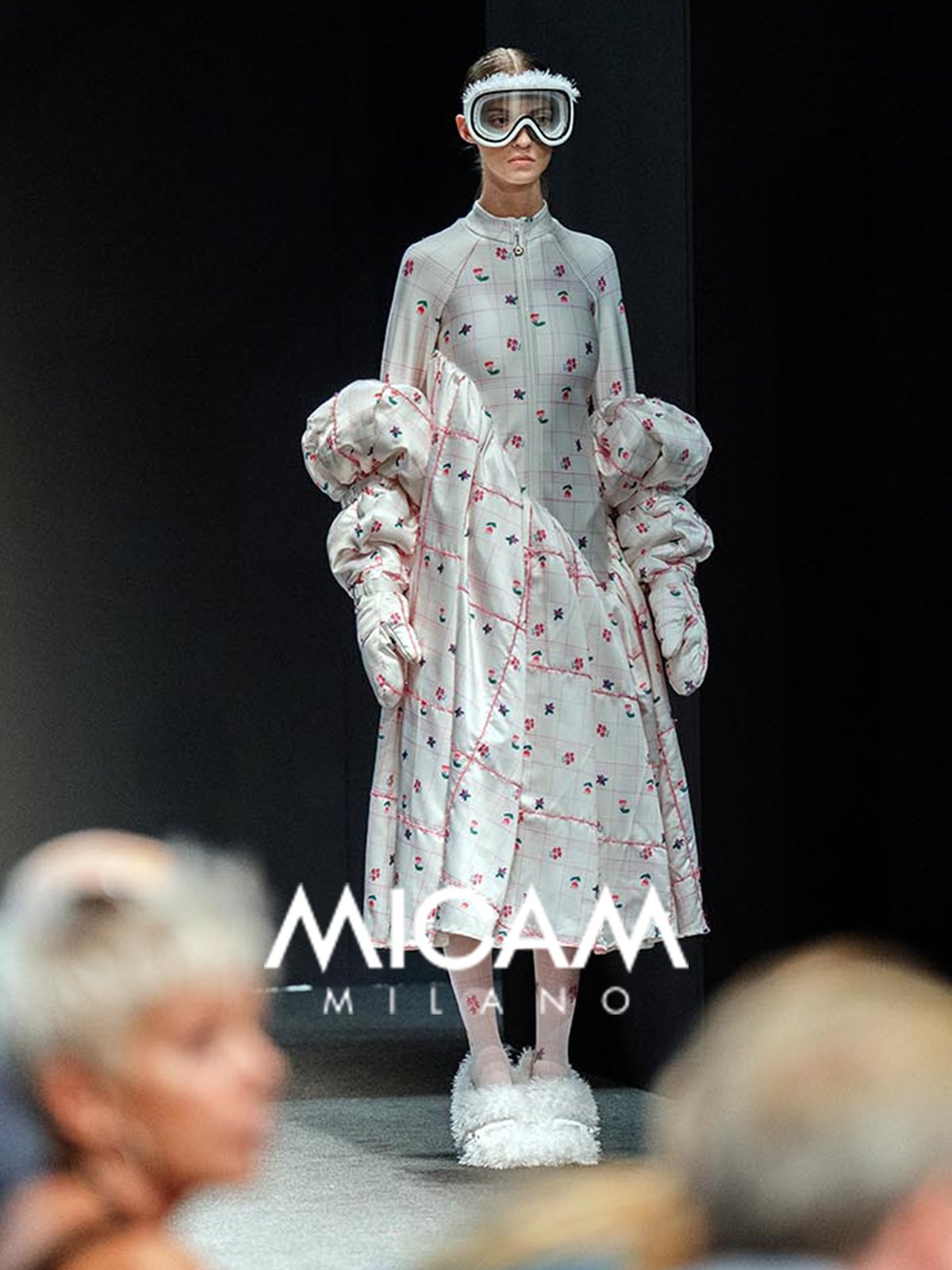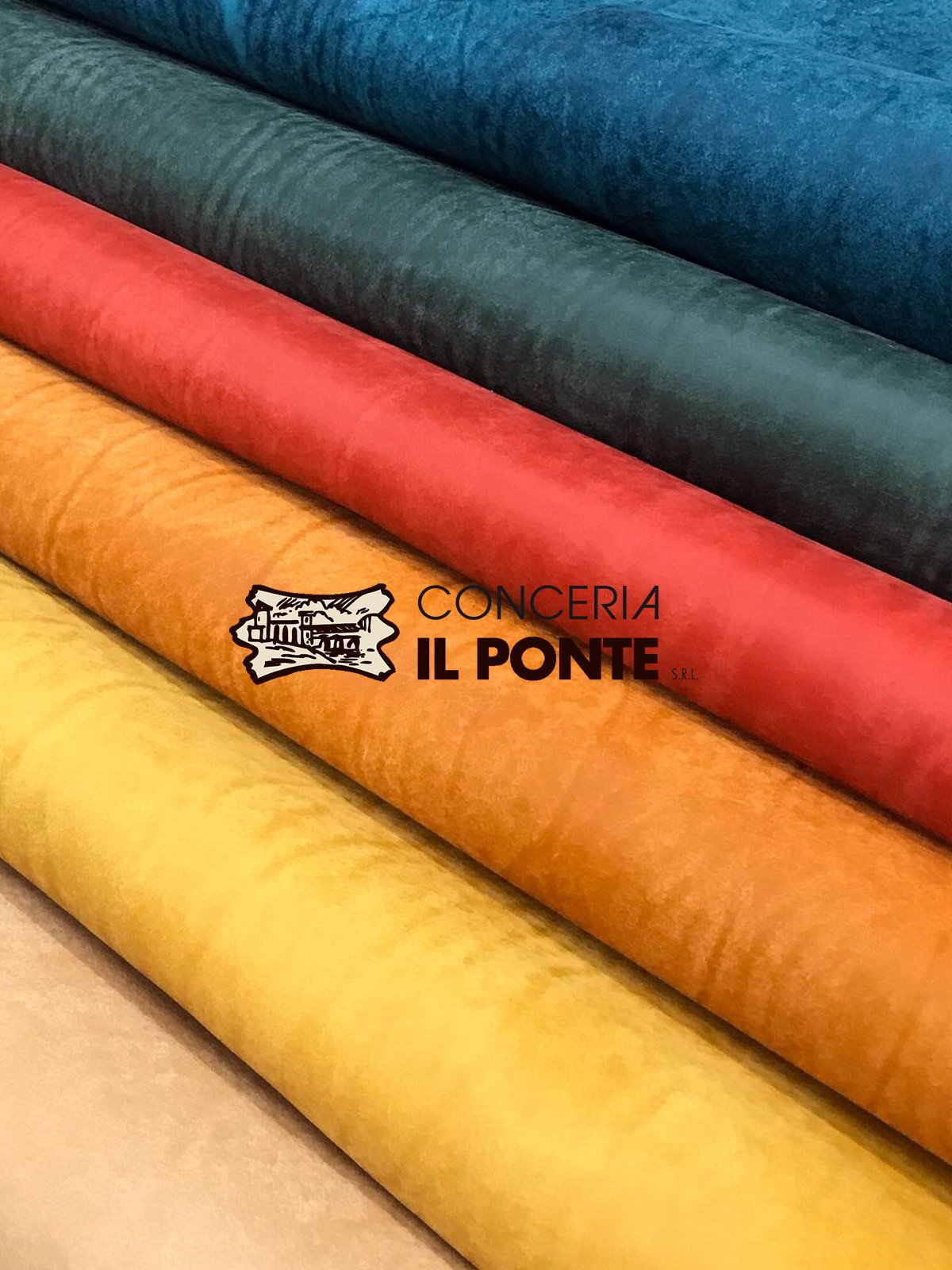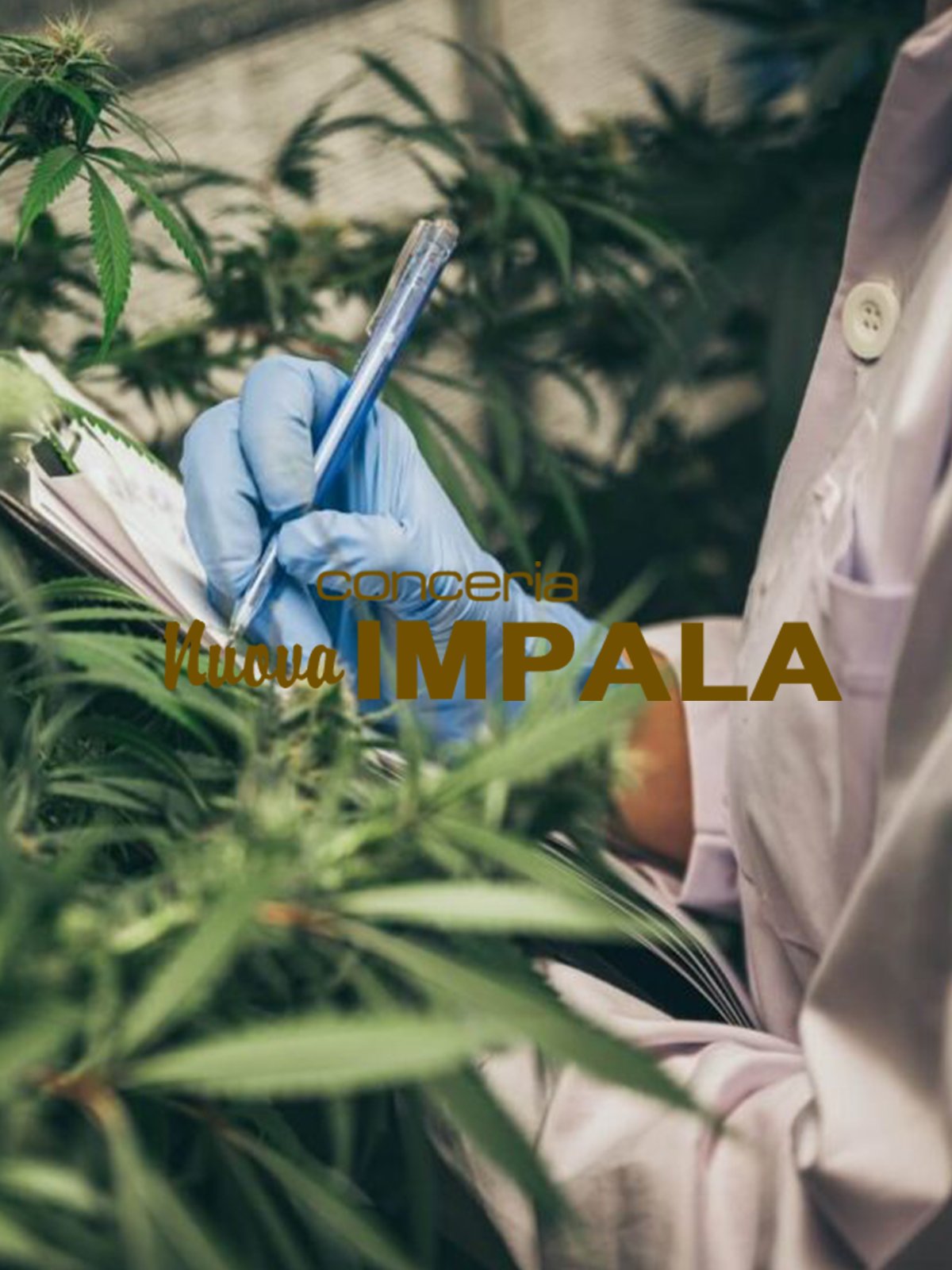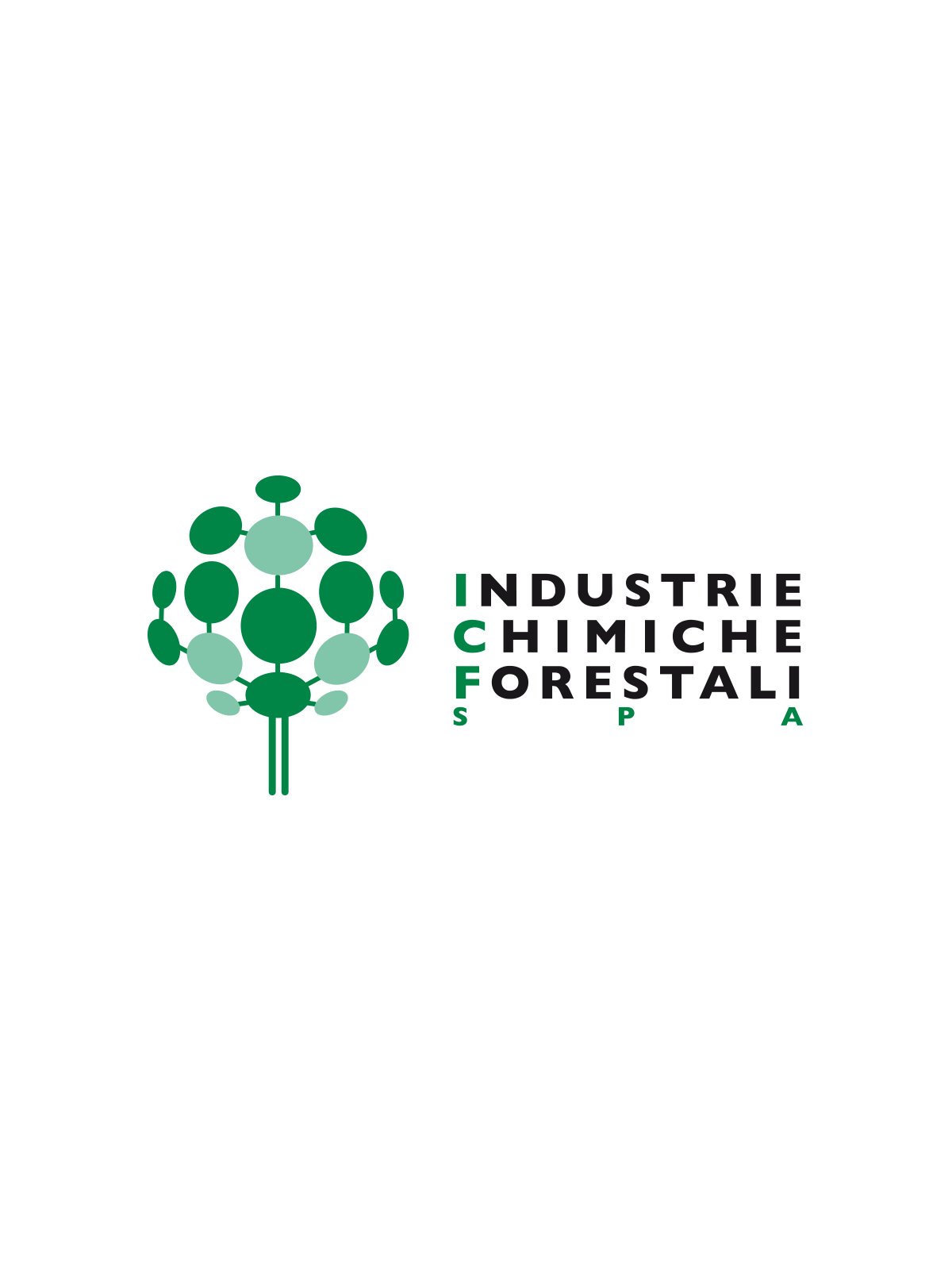News
Natural dyes in the past, present and future of textiles

With Marina Elli, design and sustainability consultant for the textile brand "Tissés" by Banelli, we talked specifically about the coloring of fabrics with natural dyes, a technique that is making a strong comeback in the textile industry after years of oblivion due to the systematic use of chemical-based dyes.
That of natural dyes is a very ancient practice that is difficult to date, "the earliest traces of vegetable dyes seem to date back to the Neolithic period when man was already able to weave," Marina Elli tells us, "the people of that time dyed materials according to the resources they had available in nature in the geographical area of origin. For example, in Egypt they dyed flax with yellow and red dyes from henna, turmeric and saffron." In South America, Maya and Aztecs dyed cotton and wool from alpaca and vicuña with very bright colors obtained from roots, bark, and cochineal red. These materials, after the discovery of the Americas, helped revolutionize dyeing techniques in Europe. Florence was immediately one of the most important centers in Europe. "It is estimated that towards the end of the 1400s there were more than two hundred dyeing workshops in the Tuscan capital," Marina Elli tells us again.

Natural dyes were finally supplanted by the chemical dyes invented by Englishman William Perkin at the height of the Industrial Revolution. It was a huge step for the textile industry, and beyond, which now had a product at much lower cost than natural dyes, of less complexity and higher production speed. But most importantly, it guaranteed persistence and replicability.
But what, technically, are natural dyes? "They can have three possible origins," answers the Tissés consultant, "vegetable, animal and mineral. The most widely used in ancient times was vegetable because it was easier to obtain. To obtain the colors, "decoctions" were prepared with the vegetables from which the sought-after pigments were then extracted. Once the textile fibers have been prepared by etching (which is used to finish the dye - nda) with substances such as alum, lime water or tannins as needed, they are then soaked for hours in the vegetable bath and then rinsed and dried. An advantage of this technique is that the dye baths can be reused for other, albeit more subdued, dyes. Dyes of mineral origin, on the other hand, come from powders mined in ancient volcanic areas, where the soils are colored by the ancient presence of metals, now washed away by millions of years of rainfall and flooding and therefore no longer present in the soil except in the form of pigmentation. In this case, for coloring, powders-dried and ground-are added directly into the dye bath. This is a shorter process that also allows for important water savings."
Fashion's return to natural dyes has several reasons, says consultant Elli, "Naturally dyed products bring both environmental and physical benefits to the end consumer. Skin health benefits, allergies due to chemical dyes are combated, health damage to those handling the items is avoided, and, last but not least, groundwater is preserved."
So far, the advantages of using natural dyes seem unequivocal, but what are the critical issues? "The process has limitations in terms of cost and time, and it is difficult to industrialize because there is not yet a complete and consolidated production chain," Marina Elli further explains, "one cannot disregard the artisanal aspect of processing. But something has changed in market perception. What used to be considered defects are now becoming added values, such as not being mass-producible. This gives the idea of the exclusivity of a product, as well as its handcrafted nature. Certainly natural dyes will not surpass the use of synthetics in the industry, but there are the preconditions for important steps forward."
"Tissés by Banelli" is experimenting with natural-origin coloring for its collections. What is the feedback so far? "Tissés believes very much in this project," says the consultant, "We are convinced that we are enhancing the diversity of products characterized by natural dyes. Unique pieces are created. We use mineral dyes for our collections, which are better performers than vegetable dyes in terms of efficiency, reproducibility and color persistence. So far our customers have appreciated this choice. We have created five color charts for different 100 percent natural materials such as flamed cotton, hemp, linen, and two light-weight and more sustained GOTS-certified cotton canvas."

Mineral dyes have fewer possibilities than botanicals in creating color palettes. Concludes Marina Elli: "The scale of mineral colors ranges from yellow to reds and browns to dark grays and muted greens. We are experimenting with mixing two colors to achieve other variations. At the moment we only dye textiles but, potentially, we can also dye leathers."


